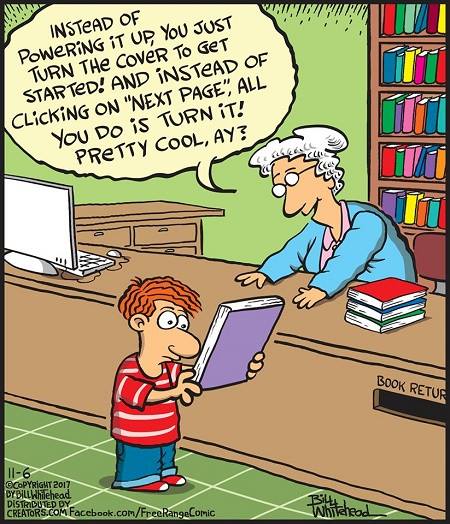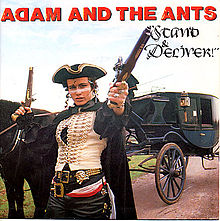Following the UK’s referendum resulting in an overall majority to leave the EU, it occurs to me that there is an opportunity here for our elected politicians and the supporting law making administration to drag this whole thing out whilst they line their pockets with...
Articles
Articles
Until I shouted, “pull”
Until I shouted, "Pull!" I remember it as if it was yesterday... It was a freezing cold January morning, the ground was crisp underfoot with a white hoar frost and I remember thinking what a good job that I had my thick socks and hiking boots on so at least my feet...
They shall not grow old
As someone who has served, remembrance parades and services gives many of us the opportunity to remember those old comrades and those unknown soldiers who gave their lives and to reflect on those who are still giving their lives, so that we might live in a better place today.
The Icebox Cashless Country Challenge!
The Banking Challenge - Cashless Society As a young programmer I worked for the Italian International Bank in London, who were owned by the Banca Monte dei Paschi di Siena reputedly, the oldest surviving bank in the world having been operational since 1472. As an...
You should write, right?
I love to read George R. R. Martin, the American author of the epic fantasy series A Song of Ice and Fire, probably known better to you as Game of Thrones wrote, “A reader lives a thousand lives before he dies, said Jojen. The man who never reads lives only one.” ―...
Normal service may NOT resume!
We have all this modern technology, but ……………….. I love reading books – good old fashioned hardback books. They appeal to one’s senses - they‘re tactile, they rustle when you turn the pages and they smell like a book, which is more than can be said for an Ipad or...
“Stand and Deliver!”
Many years ago, “Stand and Deliver!” meant giving up your valuables or your life could be forfeit. Highwaymen were a common problem in England from around 1650 to 1800, where travel was already hazardous due to the lack of decent roads, no one rode alone without fear...
ET Phone Home!
Comms have come a long way As an ex British Army Signals Officer, I have spent some serious time tweaking antennae and radio dials whilst listening to crackling background noise trying to discern the nature of the message that was usually very faint and...
Parents Teenagers just don’t understand
"Duh!, Mom you just don't ged id!" - Well actually you do, and they don't. By Mike Jackson The Teenager perspective Powerful technologies such as neuroimaging and advanced brainwave scanners have shown that adolescent brains undergo considerable structural change...
Writing a Vision Statement
NASA.GOV Creating a Vision As a veteran project manager I know that the vision is all about creating a picture of where you want to be in the future. My personal favourite was provided by John Kennedy in a speech to congress in 1961 when he said, “I believe that this...
STAND STILL! YOU ‘ORRIBLE LITTLE MAN!
Life's lessons are tough! I can still recall Staff Sergeant Kirk screaming, “STAND STILL you ‘orrible little man…..So what!! Wot you goin’ to do NOW Sir?”. As I think back now, I can’t help but smile and remember that whilst it was hard and tough ….bloody...











